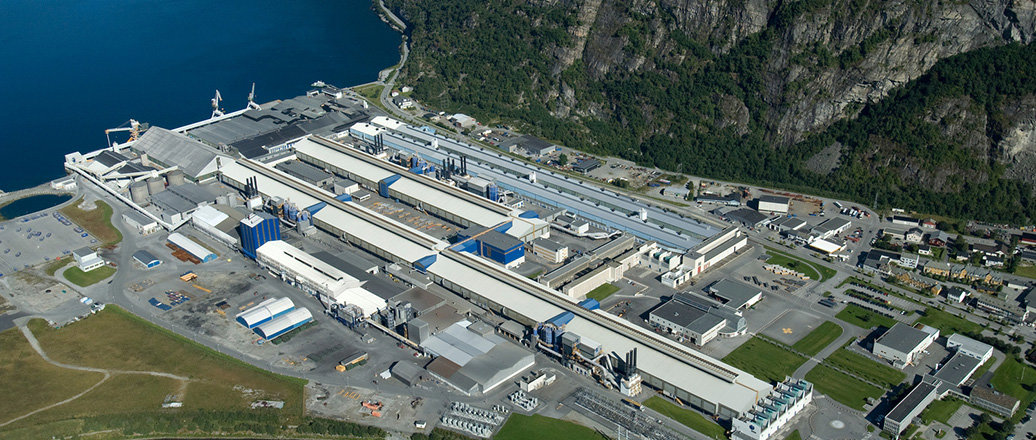The merger aimed to both secure a future in semi-manufactured products and to ensure the supply of raw materials. Five years later Hydro Aluminum was able to supply 500,000 tonnes of aluminum oxide per year, three quarters of which went on to be processed in its own plants.
During these five years, activities increased by 50 per cent, and the operation became the fifth largest aluminum company in the world.
Rapid growth
In the same period, Hydro also acquired five extrusion plants from Alcan in Central Europe, expanded metal production at Karmøy, purchased the oxide plant Alpart in Jamaica, and took over the building system company WICONA in Germany.
With the purchase of the German company VAW around ten years later, Hydro Aluminum became the third largest aluminum company in the world.
Talks finally result in an agreement
The first negotiations on a merger between Hydro and ÅSV took place in 1985, but nothing was agreed. A year later, another round of negotiations culminated in the new aluminum unit Hydro Aluminum on 1 September 1986. Originally 70 per cent owned by Hydro and 30 per cent by the Norwegian state, the company became fully Hydro owned in 1988.
Two people played a key role in the merger: Hydro’s managing director in the 1980s, Torvild Aakvaag, and the managing director of ÅSV, Håkon Sandvold. However, it was a third person, Dag Flaa from Hydro, who became the first top manager in Hydro Aluminum.
Stronger together
No merger is completely problem-free, and neither was the integration of ÅSV and Hydro’s aluminum operation, but it grew into a strong organization which proved to be far more effective as a whole than as a sum of its individual parts.
The two organizations had quite different backgrounds. ÅSV was well up on technology, whereas Hydro had a strong commercial sector. It was hoped that pooling resources would allow the best of both cultures to live on.
Updated: May 15, 2024






